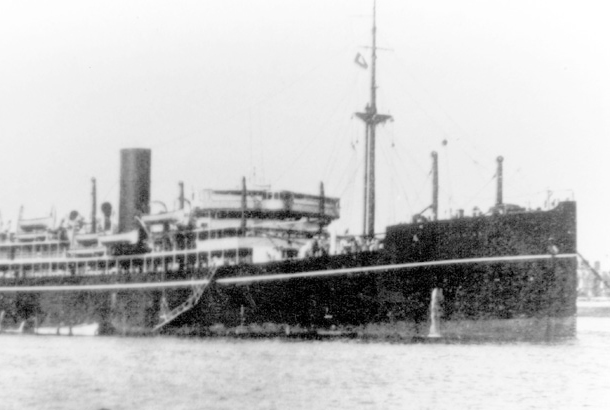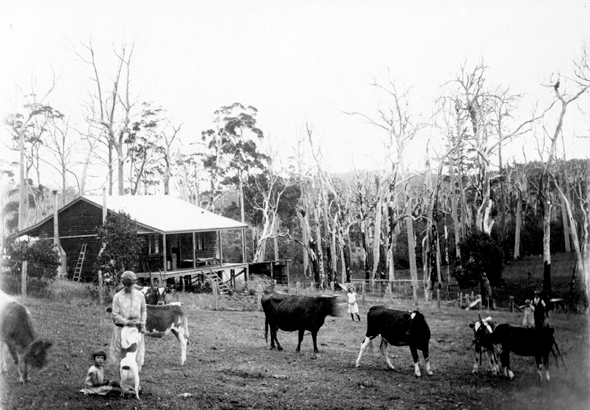Group Settlement History
Cape Landing has its own unique place in Western Australia’s history, our vineyard on Calgardup Road originally formed part of Group 7 of WA’s Group Settlement Scheme.
Group Settlement Scheme
The Group Settlement Scheme was an assisted migration initiative which operated in WA between the early 1920’s and 1930.
Jointly sponsored by the WA State and Australian Federal Governments, and the UK Government, Group Settlement offered the UK Government a solution to post-World War I unemployment, but its principal purpose was to provide labour to clear and open up large tracts of native forest for agriculture in South-West WA to reduce dependence on food imports from other States of Australia.


Origins Of The Settlers
Group settlers typically comprised communities of between 12 and 20 families, working ‘collectively’ to clear land, build fences and establish homes and farms on land plots of approximately 150 acres.
After all the properties in a Group were cleared, freehold title to individual land lots were allocated to each settler by ballot, along with WA State Government finance in the form of loans sufficient for each farming family to acquire a horse and farming equipment.
Group settlers, made up mainly of local colonials or migrants from the UK and Ireland, together with their Australian foremen, often lacked the farming skills, resources and equipment needed to succeed.
Hardship & Deprivation
Representations made to the Group settlers during the recruitment process were often unrealistic and misleading. Many resigned and walked off their properties soon after realising the enormity of the task before them.
For those that persevered, lack of support and infrastructure made life difficult.
They endured hardship, depressed agricultural prices, isolation and extreme deprivation, surviving largely on sustenance payments made by the WA State Government.
Royal Commission
By the time a Royal Commission on Group Settlement reported in April 1924, 30% of migrant and 42% of Australian settlers had walked off and abandoned their Group Settlement properties.
Political pressure to scrap the Group Settlement Scheme intensified as failure rates increased, leading to a significant drain on government resources.
Finally, in 1930, WA State Government support for Group Settlement was withdrawn and management responsibility for the remaining Group Settlements passed to the Agricultural Bank.
Failure, But Ultimately Successful
It was only years later, and largely as a result of increased demand for agricultural produce as a result of World War II, that the Group Settlement Scheme finally achieved its initial goal of an established and successful agricultural industry in the south-west of WA.
Many existing farming properties in the south-west of WA, including those that were later developed into successful vineyards and wineries in the Margaret River region, were cleared by early Group settlers.
A lasting legacy of Group Settlement has been the many townships, schools, roads, rail and other transportation links that now service the south-west region.

